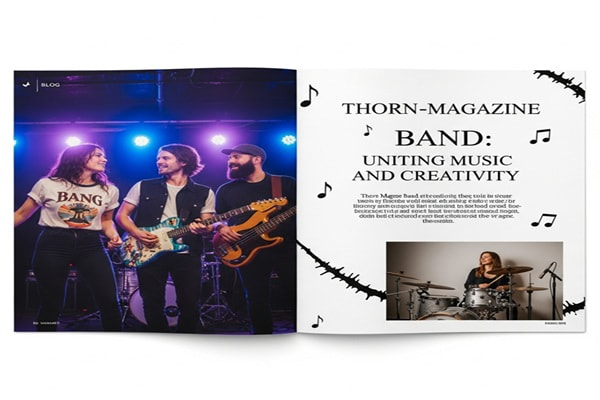How to Select the Perfect Clearance Lights for Your Vehicle: A Comprehensive Guide
Share your love

When it comes to driving, safety is always top of mind. That’s where clearance lights come into play. Whether you’re looking to upgrade your vehicle’s lighting or need replacement lights to ensure visibility on the road, choosing the right clearance lights is essential. These small but mighty lights can significantly impact your vehicle’s safety, appearance, and legal compliance. In this guide, we’ll break down everything you need to know to select the best clearance lights for your ride.
What Are Clearance Lights and Why Do You Need Them?
Clearance lights are small lights typically installed on the front, side, or rear of a vehicle to enhance visibility, particularly in low-light conditions. They’re designed to illuminate the vehicle’s height and width, helping other drivers avoid accidents, especially on larger trucks or trailers.
For larger vehicles, such as semi-trucks or RVs, clearance lights are not only a safety feature but are often required by law. These lights help indicate the dimensions of your vehicle, ensuring it is clearly visible on the road. Installing high-quality clearance lights ensures that you’re driving safely and legally, preventing potential fines and accidents due to poor visibility.
Consider the Type of Vehicle You Drive
When choosing clearance lights, it’s important to consider the type of vehicle you drive. Not all vehicles have the same lighting requirements. A large truck will need a more powerful, robust clearance light system compared to a standard passenger vehicle.
For smaller cars and SUVs, LED clearance lights are a popular option because they provide bright illumination without using excessive power. On the other hand, larger vehicles like trailers or heavy-duty trucks may need more durable, heavy-duty lights that can withstand harsher conditions. Be sure to choose clearance lights that match your vehicle’s size, weight, and usage to maximize their effectiveness.
Choose Between LED or Incandescent Clearance Lights
The type of clearance light you choose can have a huge impact on the performance, longevity, and energy consumption of your vehicle. LED lights are a popular choice due to their long lifespan, energy efficiency, and brighter output. They also tend to be more durable, making them a smart option for vehicles that experience wear and tear.
Incandescent clearance lights, on the other hand, are the traditional choice. While they might be less expensive initially, they don’t last as long as LED lights and consume more power. They’re still a good choice for budget-conscious individuals, but they may require more frequent replacements. If you’re looking for a cost-effective option with good visibility, incandescent lights might work for your needs, but if you’re aiming for long-term performance, LED clearance lights are the way to go.
Understand the Color and Placement of Clearance Lights
Another important factor in choosing the right clearance lights is the color and placement. Clearance lights are available in various colors, including amber, red, and white. Each color serves a different purpose and is used for specific areas of the vehicle.
Amber clearance lights are typically used for the front and side of vehicles, while red lights are often installed on the rear. White lights are commonly placed on the front to enhance forward visibility. It’s also important to note that clearance lights should be placed in a way that aligns with legal standards. For example, many states and regions have specific rules about how many clearance lights should be installed and where they should be positioned on your vehicle. Always check local regulations to ensure your lights are compliant.
Durability and Weather Resistance Are Key
No matter where you live or what type of driving you do, durability and weather resistance are crucial when choosing clearance lights. Whether you’re driving through rain, snow, or extreme heat, your clearance lights need to be able to stand up to the elements.
LED clearance lights tend to have a higher resistance to weather conditions compared to incandescent lights. However, it’s important to choose lights that are specifically labeled as weatherproof or waterproof to ensure they continue to function properly regardless of the weather. The casing material also matters – go for clearance lights made with high-quality materials like polycarbonate or ABS plastic, which can resist impact and prevent moisture from entering the light housing.
Selecting the Right Mounting Style for Easy Installation
Another important aspect to consider is the mounting style. There are several options for how to mount clearance lights on your vehicle, including surface mount, flush mount, and grommet mount.
Surface-mounted lights are the most common and can be easily installed by screwing or adhering them to the vehicle’s surface. Flush-mount lights, as the name suggests, sit flush with the surface of your vehicle, offering a cleaner, more integrated look. Grommet-mounted lights are also an option, providing a waterproof seal and a more secure fit. Choose the mounting style that works best for your vehicle’s design and your preference for installation difficulty.






